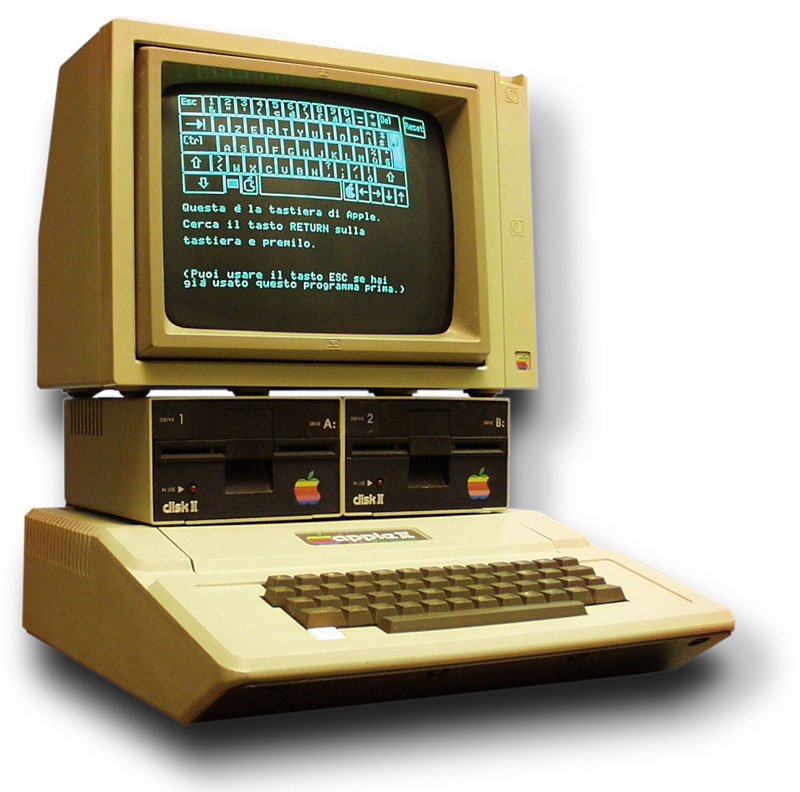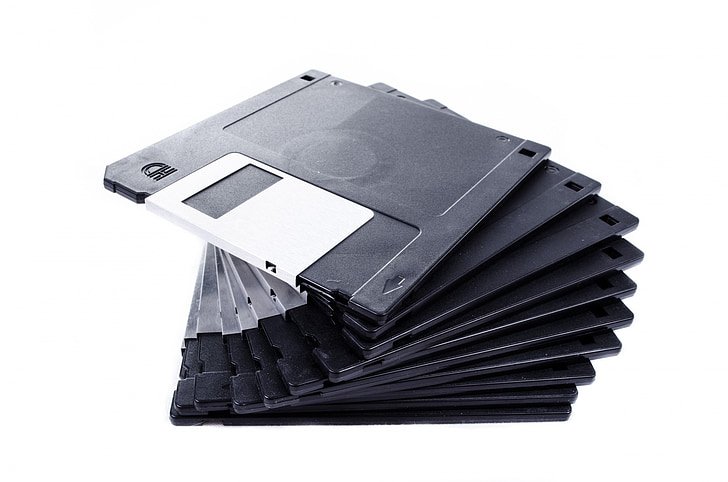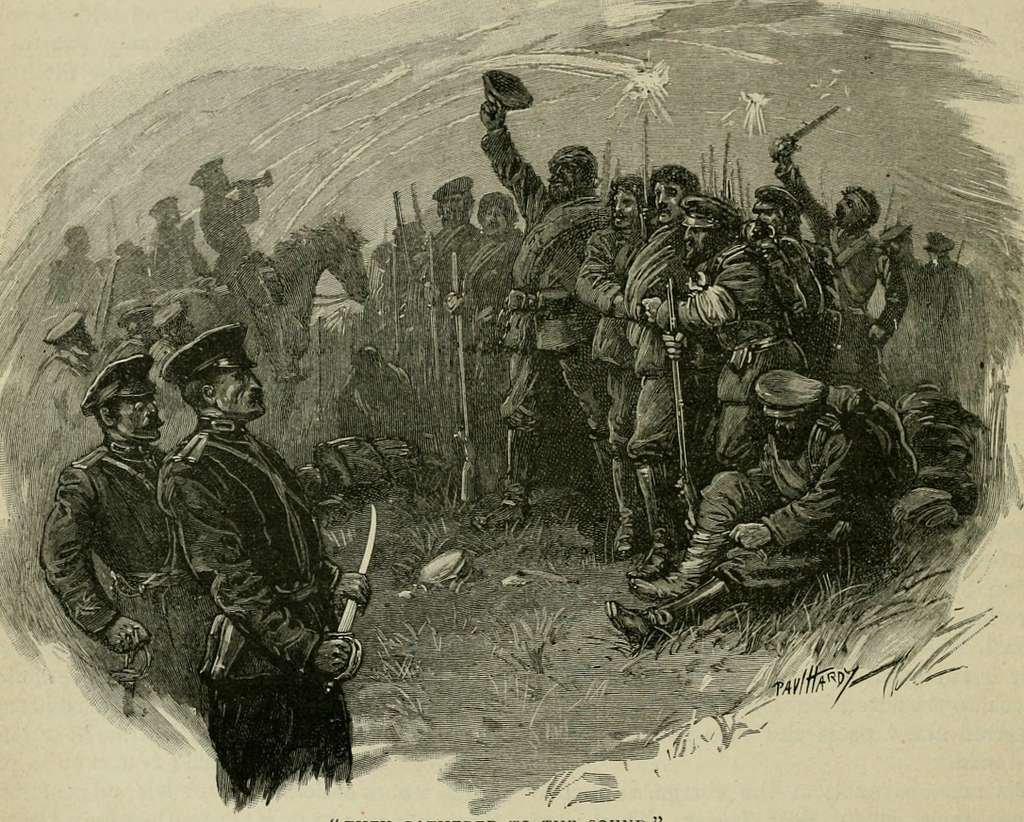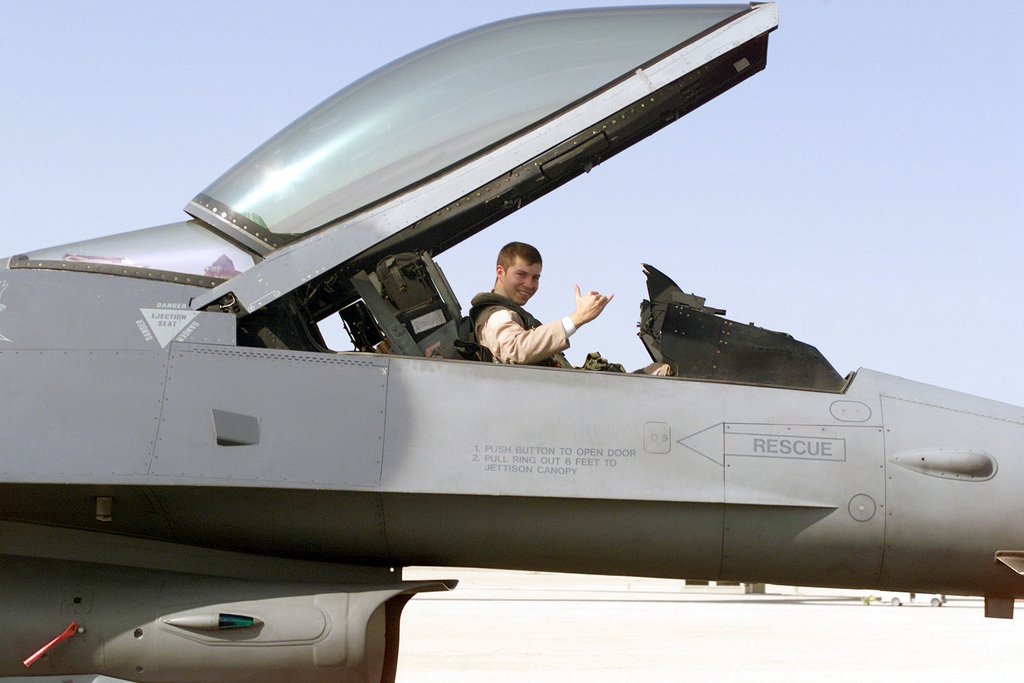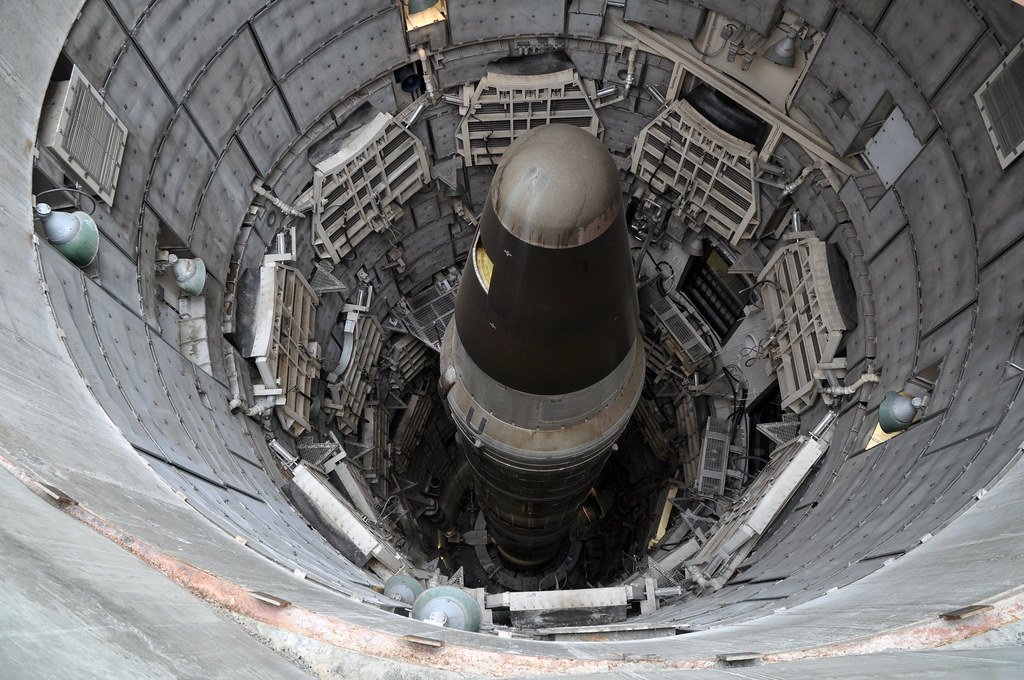Human history is replete with transformative moments, but few have had the enduring impact of the introduction of firearms to the battlefield. The emergence of guns marked a pivotal shift in the nature of warfare, forever altering tactics, strategies, and the course of history itself. In this comprehensive exploration, we embark on a journey to uncover the earliest instances of firearms in warfare, shedding light on the battles that witnessed the birth of this revolutionary technology.
The history of firearms is a testament to human ingenuity, innovation, and, at times, the destructive power of technology. It’s a story that spans centuries, continents, and civilizations, but it all began with a simple yet profound idea: the use of gunpowder to propel a projectile with deadly force.
Table of Contents
What was the first war fought with guns?
The first war fought with guns was the Battle of Crecy, which took place on August 26, 1346, during the Hundred Years’ War between the Kingdom of England and the Kingdom of France. While firearms were not the primary weapons on the battlefield during this conflict, they played a notable role in this historic engagement.
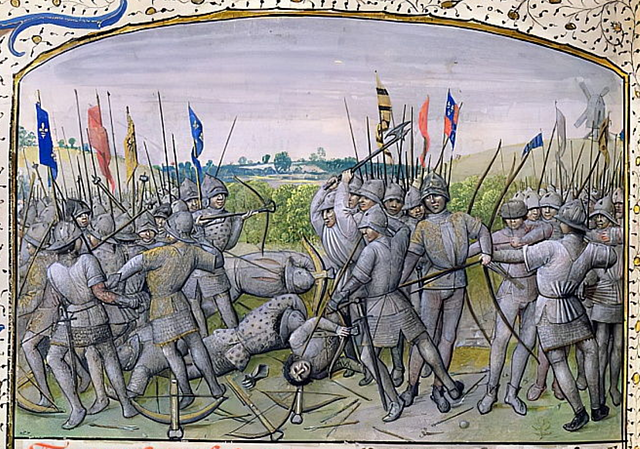
During the Battle of Crecy, English longbowmen, who were known for their skill with the longbow, also used primitive firearms known as “hand gonnes” alongside their traditional archery weapons. These early firearms were simple, handheld devices that used gunpowder to propel projectiles. While they were not highly accurate or robust compared to later firearms, they represented an early use of gunpowder weaponry in a significant military engagement.
The Battle of Crecy marked a significant moment in the history of warfare, as it demonstrated the potential of firearms as supplementary weapons alongside traditional ones like the longbow. It foreshadowed the evolving role of firearms on the battlefield in subsequent conflicts.
Which guns were used in World War 1?
Yes, World War I, which took place from 1914 to 1918, prominently featured the use of guns and firearms on a massive scale. It was often referred to as the “Great War” and marked a significant turning point in the history of warfare due to the widespread use of modern firearms and artillery.
During World War I, soldiers from various nations were equipped with a range of firearms, including bolt-action rifles, machine guns, pistols, shotguns, and more. These weapons were used in trench warfare, where soldiers dug trenches for protection from enemy fire. Rifles and machine guns played a crucial role in the infantry’s engagements, and artillery pieces were used for long-range bombardment.
One of the most notable firearms of World War I was the bolt-action rifle, which was the standard infantry weapon for many armies. Additionally, the introduction of machine guns like the German MG 08 and British Lewis Gun had a significant impact on the tactics and casualties of the war.
What guns existed in WWII?
Yes, guns were extensively used during World War II (1939-1945). In fact, World War II saw the widespread use and further development of firearms and other weaponry. Firearms played a crucial role in the hands of infantry, snipers, and various specialized units.
Bolt-action rifles, semi-automatic rifles, and submachine guns were standard issue for infantry soldiers. The M1 Garand and the Lee-Enfield are examples of rifles used by Allied forces, while the Karabiner 98k was used by the Axis.
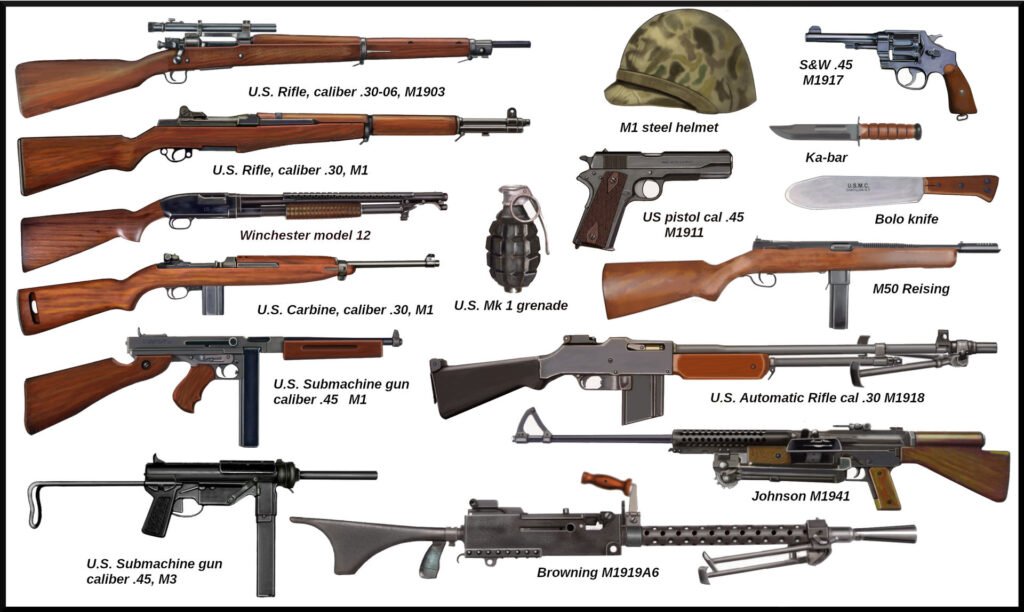
Machine guns like the Browning M1919 and the MG 42 were used to provide suppressive fire and defensive firepower. Semi-automatic and automatic pistols, such as the Colt M1911 and the Luger P08, were carried by officers and other personnel.
World War II saw significant advancements in firearms technology, including the use of semi-automatic rifles and the introduction of new firearms like the StG 44, considered an early assault rifle. The war marked a period of innovation and widespread use of firearms that had a profound impact on the conflict’s outcome and the subsequent development of firearms.
Who went to war without a gun?
Desmond Doss, a remarkable World War II combat medic, went to war without a gun due to his deeply held religious beliefs and commitment to nonviolence. Doss was a Seventh-day Adventist and a conscientious objector, which meant that he refused to bear arms or take another person’s life, even in the midst of a brutal war.
Doss’s remarkable journey unfolded during the Battle of Okinawa in 1945. Despite facing significant challenges and opposition from some of his fellow soldiers and superiors, he adhered to his principles and served as a combat medic without carrying a weapon. His unwavering courage and dedication to saving lives under fire earned him the respect and admiration of his comrades.
His story was later immortalized in the film “Hacksaw Ridge,” which depicted his heroic actions during the Battle of Okinawa, where he single-handedly rescued 75 wounded soldiers under heavy enemy fire. He became the first conscientious objector to receive the Medal of Honor, the highest military decoration in the United States, for his extraordinary bravery and selflessness. Doss’s story serves as a testament to the power of one individual’s convictions and the impact of unwavering dedication to nonviolence, even in the midst of war.
What did the first gun look like?
The first gun-like devices that appeared in history, such as the “fire lance” in ancient China during the Tang Dynasty (9th century AD), looked quite different from the firearms we are familiar with today.
The early fire lances were handheld tubes or bamboo pipes filled with gunpowder and various projectiles, including shrapnel, stones, or bits of metal. They typically featured a small open-ended nozzle or a small bore at one end for igniting the gunpowder. When ignited, the gunpowder expelled flames and propelled the projectiles forward.
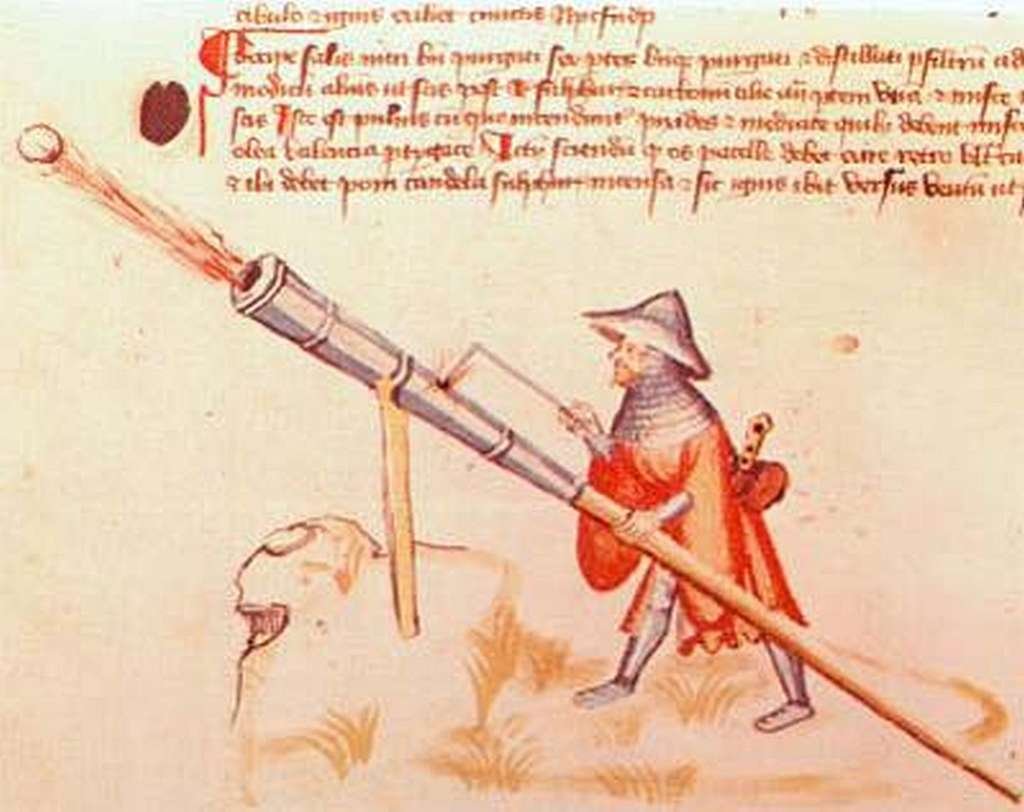
These early firearms lacked many of the features we associate with modern guns, such as a trigger, a stock, or a rifled barrel. They were a simple but effective means of projecting explosive force and shrapnel in the direction of the enemy. Over time, the technology evolved, leading to the development of more sophisticated firearms with improved design and functionality.
In this extensive guide, we will delve into the origins of firearms and their introduction to the battlefield. We will examine the earliest recorded battles where guns played a role, tracing the evolution of these weapons from their experimental beginnings to their central role in modern warfare.
The Birth of Firearms
The Chinese Invention
The journey of firearms commenced in ancient China during the Tang Dynasty (9th century AD). Chinese inventors were the first to discover the explosive potential of gunpowder, initially using it in rudimentary “fire lances.” These early devices were handheld tubes filled with gunpowder and shrapnel, representing a modest but promising start in the history of firearms.
The concept of firearms gradually made its way to Europe, where innovators sought to refine and improve the Chinese designs. The earliest European firearms, known as “hand cannons,” were simple but effective. These weapons featured a barrel, a touch hole for ignition, and a handle. The transition from hand cannons to more sophisticated firearms marked a crucial turning point in the history of warfare.
The First Recorded Battles
The Battle of Crecy (1346)
One of the earliest recorded battles where firearms played a role was the Battle of Crecy during the Hundred Years’ War. Although firearms were not yet dominant on the battlefield, they were present and beginning to make an impact. English longbowmen, armed with primitive firearms like the “hand gonnes,” used them to supplement their archery volleys. This marked a significant step in the integration of firearms into existing military strategies.
The Battle of Agincourt (1415)
The Battle of Agincourt, another considerable engagement in the Hundred Years’ War, witnessed the use of firearms on a larger scale. English forces deployed cannons, which played a role in weakening the French cavalry charges. At the same time, the longbow remained the dominant ranged weapon, firearms were slowly gaining prominence. The battle demonstrated that firearms could be a potent addition to a medieval army’s arsenal.
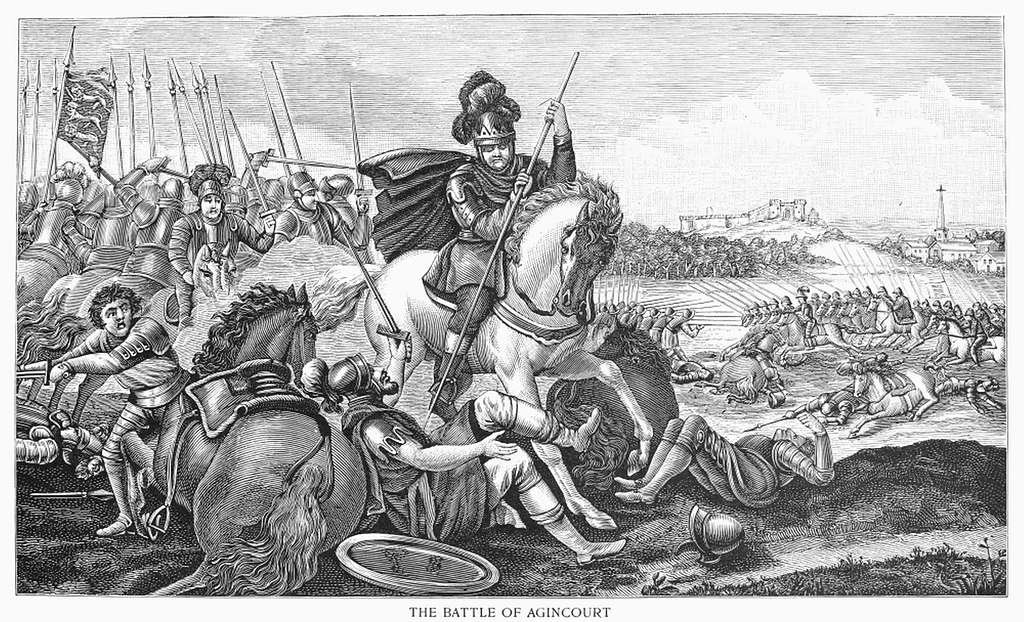
The Battle of Mohács (1526)
The Battle of Mohács marked a significant moment in firearms history as it showcased the growing influence of firearms in European warfare. The Ottoman Empire, armed with advanced firearms and artillery, faced the Hungarian Kingdom. Ottoman Janissaries, equipped with muskets, made a formidable impression, highlighting the changing dynamics of battlefield technology. Firearms had evolved from being mere supplements to becoming crucial elements in the arsenal of any major military power.
The Evolution of Firearms
As firearms continued to evolve, they became more reliable, accurate, and deadly. The matchlock mechanism, which replaced the hand-ignition system, improved the ease of firing. Rifled barrels enhanced accuracy and the development of more potent gunpowder increased firepower. These advancements in firearms technology meant that they could be deployed with greater confidence and effectiveness on the battlefield.
The Impact on Warfare
The widespread adoption of firearms had profound implications for warfare. They rendered armor less effective, as bullets could penetrate even the heaviest plate armor. Firearms also contributed to the decline of cavalry charges, as infantry armed with muskets and pikes proved a formidable defensive force. The linear tactics of the pike and shot era emerged, combining firearms with pikemen to create versatile and challenging infantry formations.
The advent of firearms in warfare marked a significant turning point in human history. The first recorded use of guns in battle, as evidenced by the Battle of Crecy in 1346, opened a new chapter in the evolution of weaponry. These early firearms, though rudimentary compared to modern guns, foreshadowed the profound impact that technology would have on warfare. From that historic moment, firearms continued to evolve, shaping the strategies, tactics, and outcomes of conflicts throughout the centuries. The introduction of guns to the battlefield was not just a historical event but a transformative one, setting in motion a trajectory that would forever change the nature of warfare.
